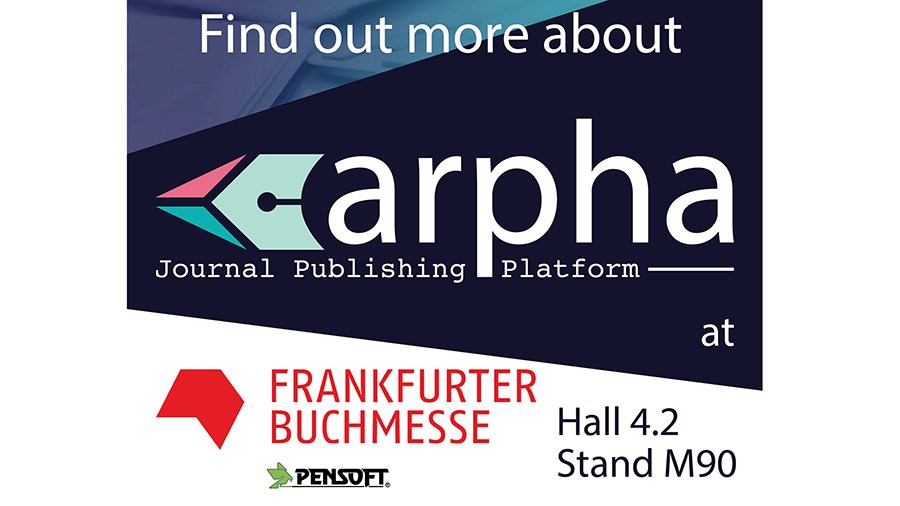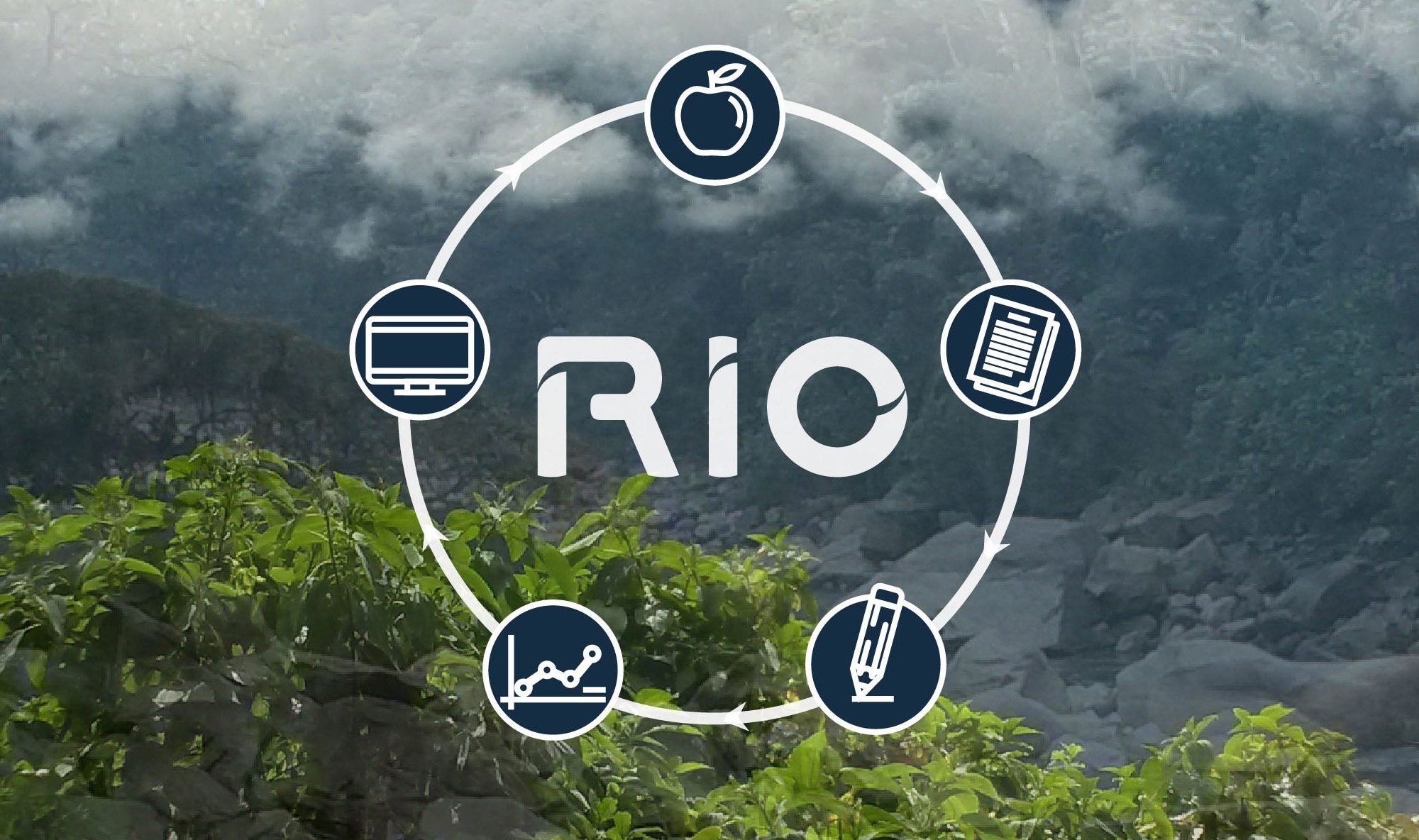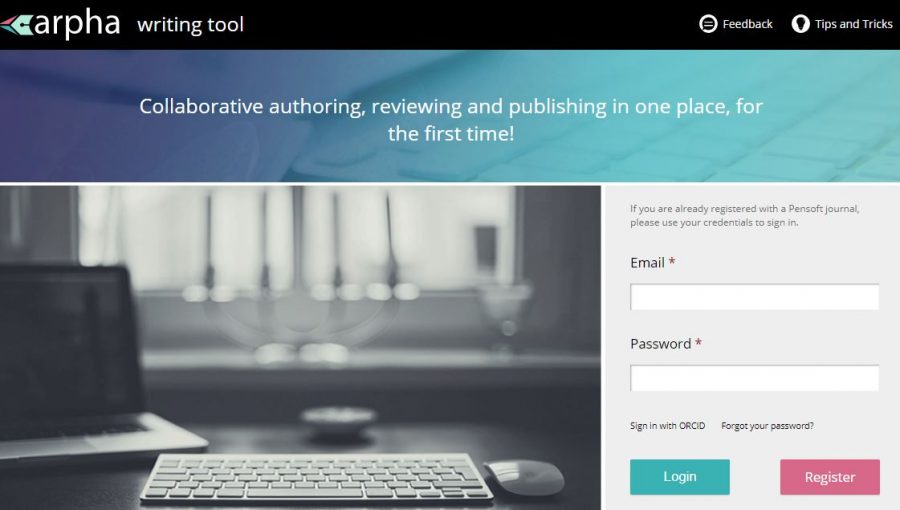Vilnius Gediminas Technical University and ARPHA launch a new joint pilot project for the open access peer-reviewed journal BTP
In a new joint pilot project, the open access peer-reviewed journal Business: Theory and Practice (BTP), issued by VGTU Press since 2000, runs on the new journal publishing platform ARPHA, developed by Pensoft. ARPHA provides end-to-end technological solution for all peer-review stages starting from submission to fully functional dedicated new website. Publications are also available in semantically enriched HTML and XML formats, as well as the traditional PDF. The journal’s authors and editors enjoy easily manageable peer-review workflow in ARPHA.
Business: Theory and Practice publishes original research articles and reviews that integrate economic development and globalization, interpretations and consequences of entrepreneurship, strategic management and organizational behavior, theoretical questions and empirical questions of industrial organizations. It covers a variety of fields, including business environment, economic development and globalization, entrepreneurial finance, interpretations and consequences of entrepreneurship, strategic management, organizational behavior, theoretical questions and empirical questions of industrial organization, and case studies.
BTP has opted for the ARPHA-DOC publishing workflow, which provides an individually designed website under the imprint and logo of VGTU Press, a document-based article submission, as well as peer review, publication, hosting and dissemination. The manuscripts submitted to BTP will be subject to double-blind peer review.
“It is a great pleasure to work with the Pensoft team on establishing an innovative publishing platform for Business: Theory and Practice. I am sure the new platform will exceed the expectations of all – the authors, the editors and the readers,” says VGTU Press Director Eleonora Dagiene.
“Academic publishing is in a process of disruptive transition. As a result, small journal publishers and society journals are strongly affected and threatened with decline and even extinction. This is because access to high-level publishing technologies is not easy and, in most cases, not affordable. So, we developed ARPHA specially for them! ARPHA is not only an end-to-end journal publishing platform, covering the whole process from website design, authoring, editorial management and peer-review to publishing and dissemination – it also delivers a wide range of easily customizable end-to-end services, on the choice of the journal. I am glad to see Business: Theory and Practice published by VGTU Press as the first Lithuanian journal coming to the ARPHA platform and becoming a member of ARPHA’s growing family of international partners,” says Pensoft’s founder and CEO Prof. Lyubomir Penev.
The articles accepted for the current issue of 2016 in BTP, published via ARPHA, are already available on the journal’s new website.
ARPHA is open to journals looking for a technologically advanced publishing platform plus all associated services, which can be customized to the journal’s preferences.










